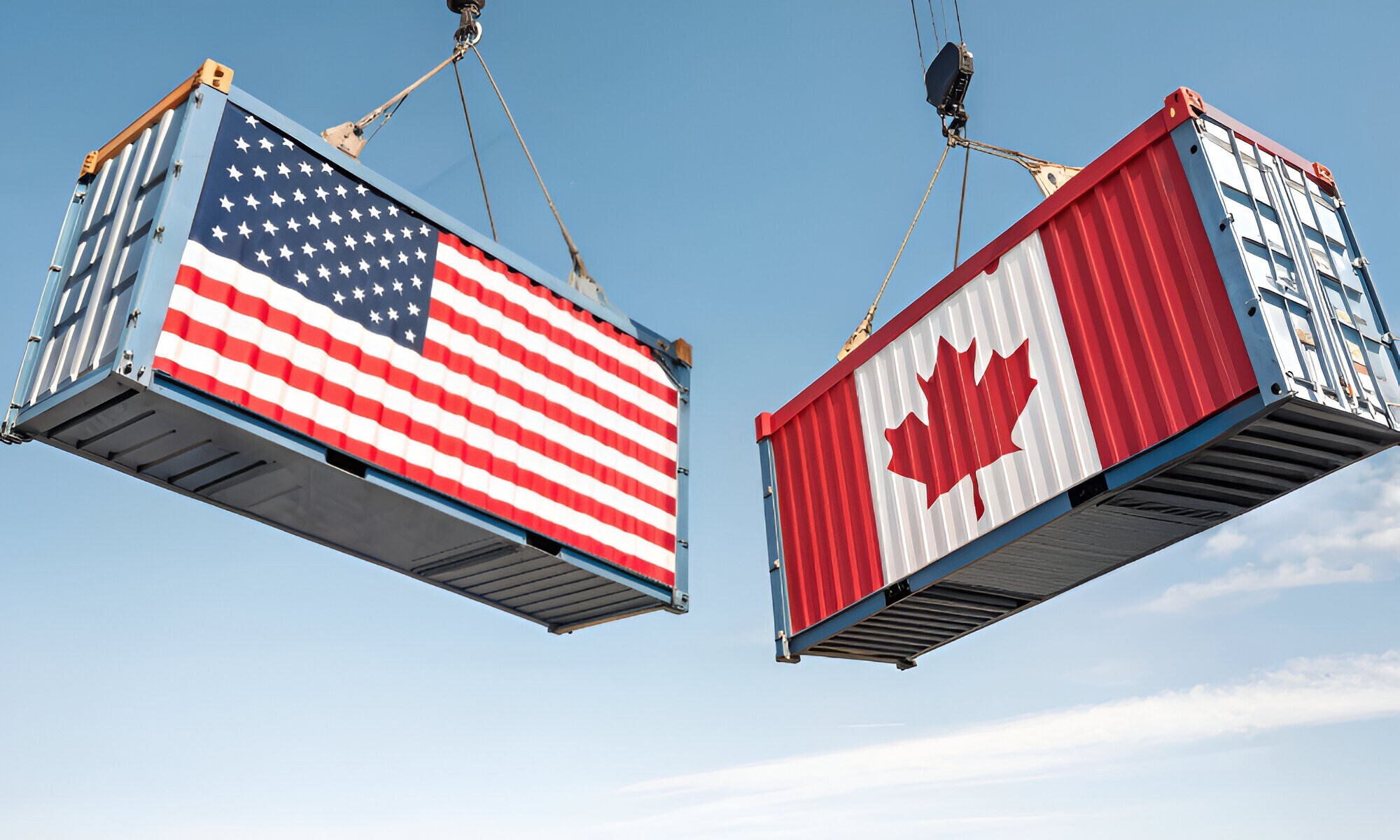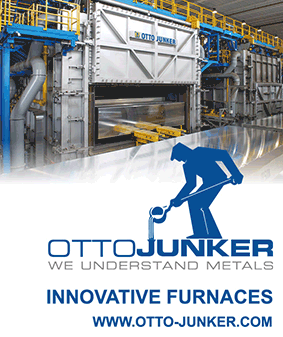Feasibility check: Why the US aluminium industry can’t afford to lose Canada
The United States and Canada have long shared more than just a border — they’ve built an aluminium supply chain that’s deeply intertwined and vital to both economies. As the US grapples with declining aluminium production and mounting energy costs, the importance of Canada’s role has never been clearer. Let’s break down why the US aluminium industry leans so heavily on its northern neighbour — and why replacing Canada simply isn’t an option.
 Image Source: https://www.benefitsandpensionsmonitor.com/
Image Source: https://www.benefitsandpensionsmonitor.com/
A shrinking giant: The state of US aluminium production
Once a global leader in aluminium production, the US now produces just 1.2 per cent of the world’s aluminium supply. According to the US Geological Survey (USGS), the US had a primary aluminium production capacity of 1.36 million tonnes in 2024, but only half of that capacity was in use, producing a mere 680,000 tonnes. To put this in perspective, the US imported over 4.8 million tonnes of crude and semi-manufactured aluminium products last year — and Canada alone supplied 2.6 million tonnes of that total.
Why the decline? The biggest culprit is cost — particularly the cost of energy. Aluminium smelting is incredibly energy-intensive, with electricity often accounting for up to half of production expenses. In the US, industrial electricity prices are significantly higher than in Canada, where most aluminium smelters are concentrated in Quebec. Thanks to abundant, low-cost hydroelectric power, Canadian smelters enjoy energy prices up to three times lower than their US counterparts.
This energy cost gap has real consequences. In 2024, for example, Century Aluminum closed its Hawesville smelter in Kentucky, citing soaring energy prices and resulting in the loss of 600 jobs. While the US has passed legislation like the Inflation Reduction Act (IRA) to encourage clean energy projects, these efforts have yet to make a dent in the cost crisis facing US smelters.
Canada’s aluminium advantage
While US smelters struggle, Canada’s aluminium industry continues to thrive. A single smelter in Sept-Îles, Quebec, produced 628,000 tonnes of aluminium in 2024 — nearly matching the entire output of the US. This isn’t just about low energy costs, though. Canadian smelters are also leading the way in clean aluminium production, incorporating carbon capture technology and advanced recycling processes to reduce their environmental footprint.
 Events
Events
 e-Magazines
e-Magazines
 Reports
Reports
This news is also available on our App 'AlCircle News' Android | iOS














.png/0/0)






